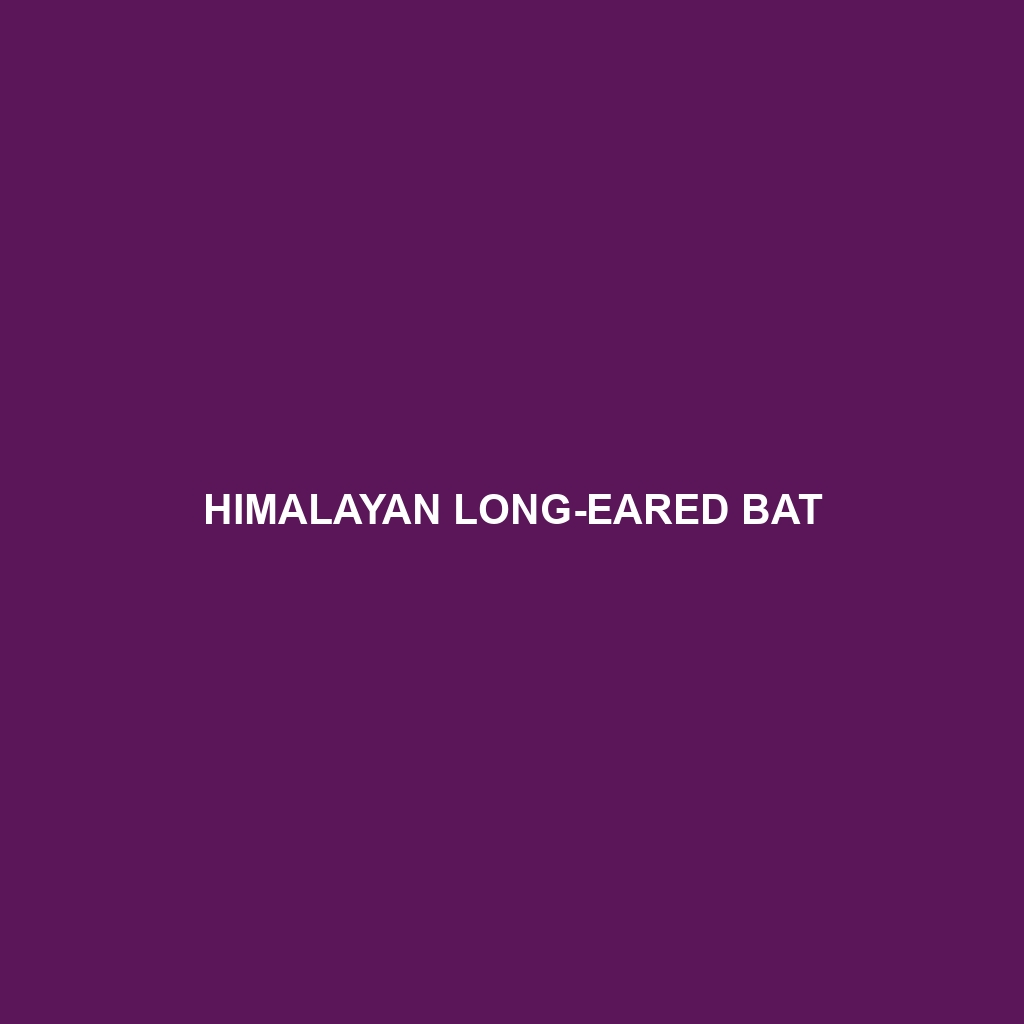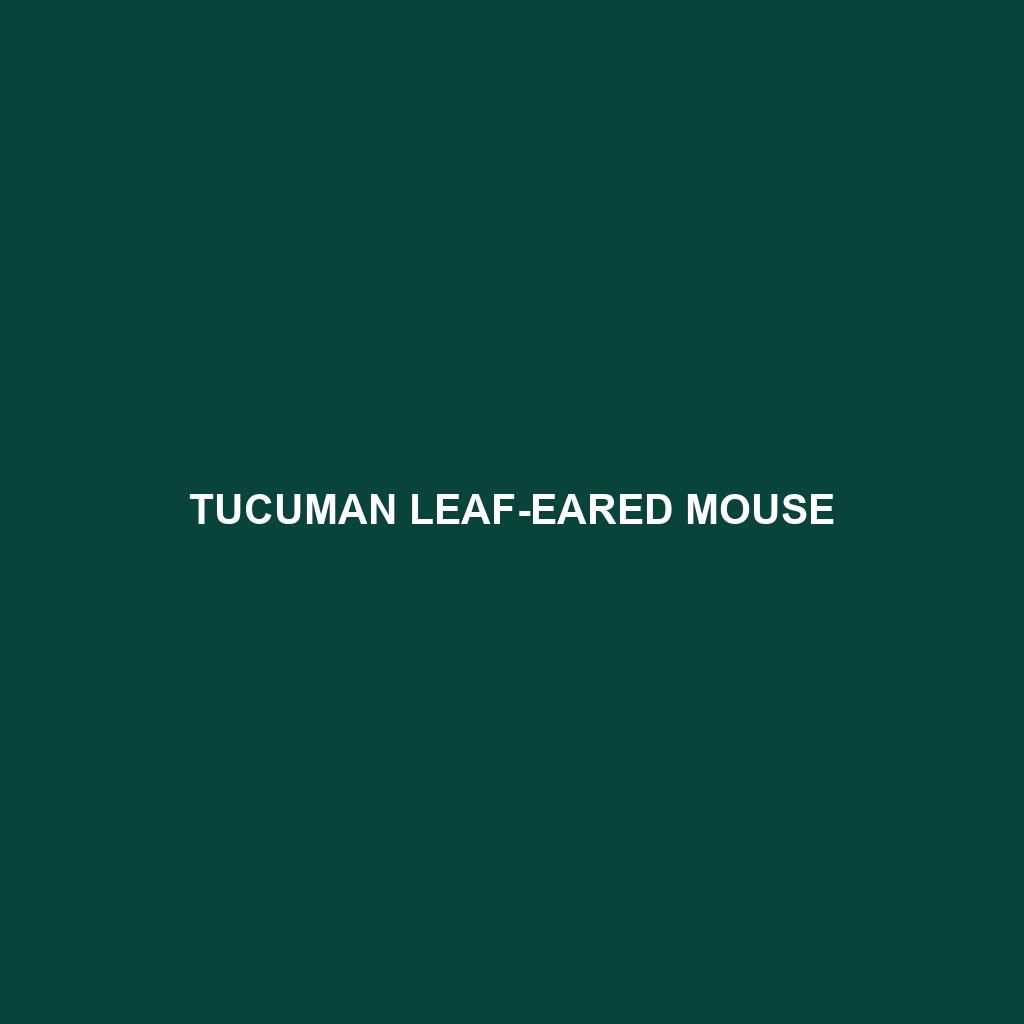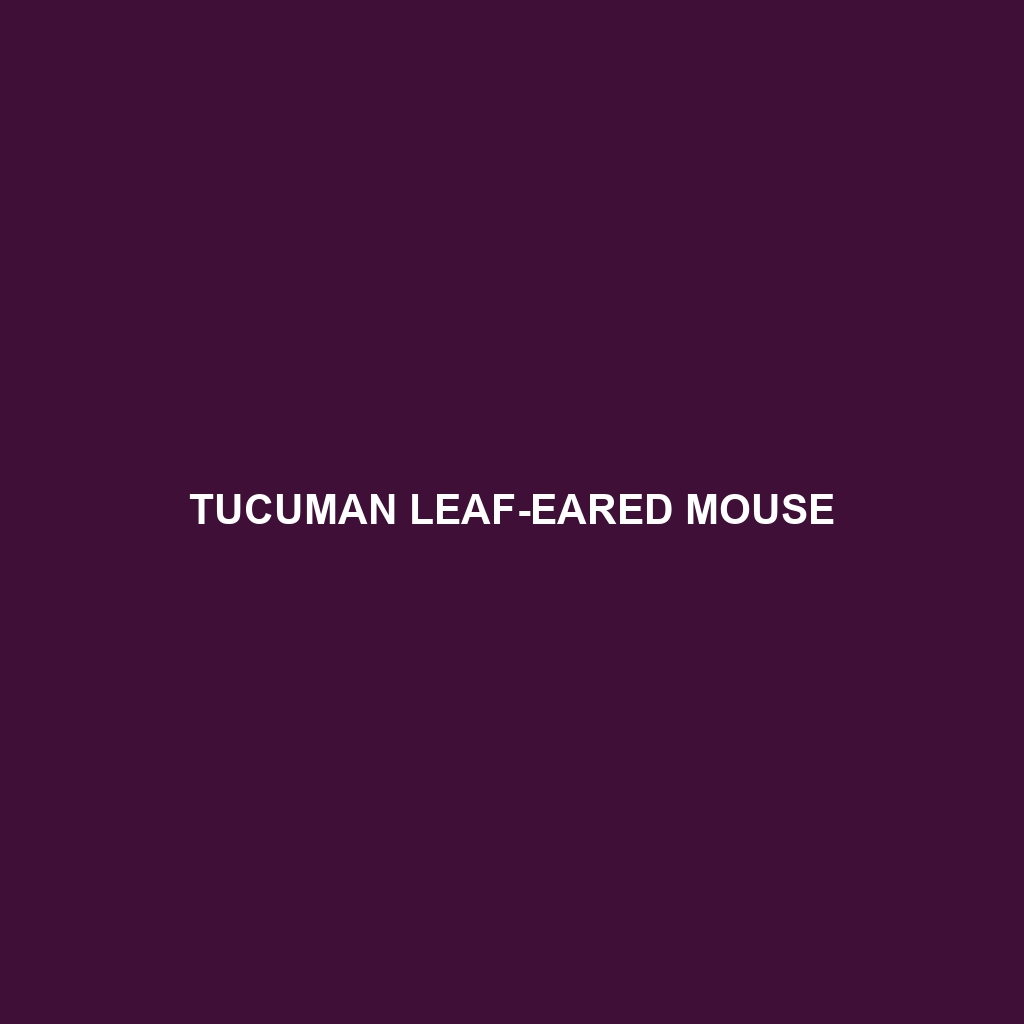remarkable Darevskia alpina, a medium-sized lizard native to the rocky terrains of the Caucasus Mountains, known for its striking coloration and diurnal behavior. This fascinating insectivore plays a vital role in its ecosystem by controlling insect populations while adapting to the challenges of high-altitude living.
Tag: high-altitude species
Calamaria yunnanensis
<div> <strong>Discover the Calamaria yunnanensis, or Yunnan worm snake, a slender, nocturnal species found in the cool, mountainous regions of Yunnan Province, China. This Near Threatened snake, averaging 60 to 80 cm in length, plays a crucial role in its ecosystem by aerating soil and controlling invertebrate populations.</strong> </div>
Southern Chamois
Discover the fascinating world of the Chiru, or Tibetan Antelope (<i>Pantholops hodgsonii</i>), a slender and graceful herbivore native to the rugged Tibetan Plateau. Learn about their unique habitat, migratory behavior, and the challenges they face due to poaching and habitat loss, as well as their vital role in maintaining the ecosystem. Join us in exploring the intricacies of this vulnerable species and the efforts underway to ensure its survival.
Himalayan Long-eared Bat
Explore the fascinating world of the Himalayan Long-eared Bat (Otoclotus tragatus), a nocturnal marvel native to the high-altitude regions of Nepal, Bhutan, and northern India. With their impressive wingspan and distinctive long ears, these bats are adept hunters, playing a crucial role in controlling insect populations and pollinating plants. Despite being categorized as "Vulnerable" due to habitat loss, their unique adaptations and behaviors offer a glimpse into the delicate balance of their ecosystem.
Zambales Forest Mouse
Discover the fascinating world of the Sri Lankan Mountain Rat, a medium-sized rodent endemic to the high-altitude montane forests of Sri Lanka. With its rich brown fur and nocturnal foraging habits, this vulnerable species plays a crucial role in seed dispersal and forest regeneration. Learn about its unique behaviors, habitat, and the conservation efforts underway to protect this vital component of the island's ecosystem.
Ethiopian Brush-furred Rat
Discover the fascinating Ethiopian Brush-furred Rat, a medium-sized rodent native to the lush highlands of Ethiopia. With its distinctive fluffy fur and agile nature, this nocturnal creature plays a vital role in its ecosystem, aiding in seed dispersal and providing crucial support for biodiversity. Learn about its habitat, behavior, and the conservation efforts necessary to protect this vulnerable species.
Reig’s Montane Mouse
Discover the fascinating world of Reig's Montane Mouse, a small yet resilient rodent inhabiting the high-altitude Andes. Renowned for its unique adaptations to cool, moist climates, this species plays a vital role in its ecosystem by contributing to plant seed dispersal while facing threats from habitat loss and climate change. Learn about its physical characteristics, behavior, diet, and conservation status in our in-depth blog post.
Tucuman Leaf-eared Mouse
Discover the fascinating world of the Tucuman Leaf-eared Mouse, a unique rodent native to the mountainous regions of northwestern Argentina. Adorned with distinctive leaf-shaped ears and a rich reddish-brown fur, this nocturnal herbivore thrives in high-altitude habitats, playing a vital role in seed dispersal and maintaining biodiversity. Despite its adaptability, the species faces conservation challenges, highlighting the urgent need for habitat protection and awareness of its ecological significance.
Tucuman Leaf-eared Mouse
Discover the fascinating world of the Tucuman Leaf-eared Mouse, a unique rodent native to the mountainous regions of northwestern Argentina. Adorned with distinctive leaf-shaped ears and a rich reddish-brown fur, this nocturnal herbivore thrives in high-altitude habitats, playing a vital role in seed dispersal and maintaining biodiversity. Despite its adaptability, the species faces conservation challenges, highlighting the urgent need for habitat protection and awareness of its ecological significance.









